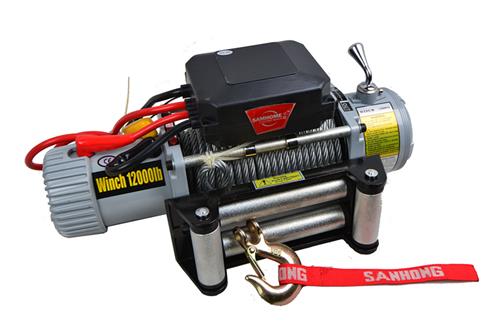A Duo Of Innovations That Are Making Cars Safer

The car itself might be important but – for most car lovers – it’s actually about the drive. The feel of winding around steep corners, the power under your foot as you hit the gas; the car itself is just a vehicle that helps you get to that feeling.
As true as that may be, there is the undeniable fact that cars have a tendency to… well… not be the safest way to travel. It’s something that most car fanatics tend to try and keep in the back of our minds. On some level (the level that understands statistics), we know that cars and thus driving are dangerous. Perhaps even the most dangerous method of transport of them all. Yet we practice a little light cognitive dissonance to ensure we don’t overly focus on this fact, because the love of the drive is what gets us through.
Nevertheless, it would be foolish to let that love overpower the fact that driving is a dangerous thing to do. Can you imagine cars, as a new invention, trying to pass a modern safety test? “So, you’re going to have this big metal box with wheels that can bang into things. Oh, and you want to fill it up with a highly flammable fuel?” – there’s not a hope that’d get through even the first round.
That’s perhaps why much of the innovation around cars – after satisfying the desire to go faster and for longer – has turned to making them safer. It’s a sector that is advancing all the time, and it’s producing some pretty strong results. For example…
Tire Monitoring
The idea of belting down the highway, windows down, music on loud… it’s something we all enjoy. Enjoy, that is, until something goes wrong with the tires. Many motorists will have to deal with a blowout at some point, yet few of us actually take the time to check the pressure and safety of our tires on a regular basis. We know we should but… there’s a lot going on right now…
Thankfully, a TPMS (tire pressure monitoring system) isn’t going to leave that task languishing at the bottom of the to-do list like us fallible humans. Instead, it’s going to be constantly on guard, monitoring the health of the tires and informing you if it finds an issue. Not only can this help prevent blowouts, but they can also let you know if you have a puncture before you even feel it in the handling. That allows you to pull over and change the tire, without ripping the damaged one to shreds.
Crash Avoidance Systems
We’ve all been there; you’re driving along, something distracts you, and when you glance back up at the road you realize you’re in danger of imminent calamity. So you yank the wheel and hope that there’s no one in the next lane. Sometimes, we get away with it – sometimes, we don’t.
Crash Avoidance Systems don’t get distracted, nor do they just have to hope their avoidant action won’t result in calamity. They monitor the road constantly and if they sense impending doom, they will first let their distracted driver know and – if that doesn’t work – can take evasive action for themselves. There’s some early promising results, too – evidence shows 14% fewer accidents in cars with a crash avoidance system. That’s why it’s becoming a standard in new cars – and every car enthusiast should welcome these innovations with open arms.





